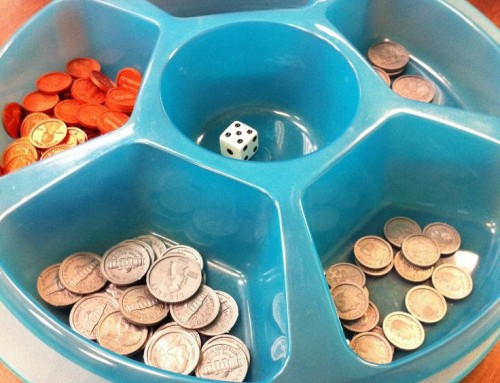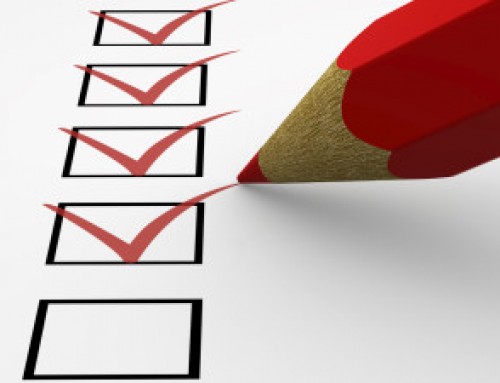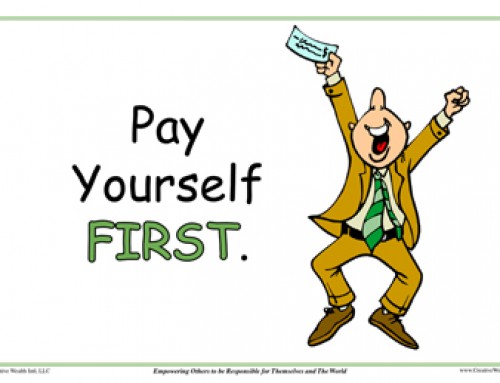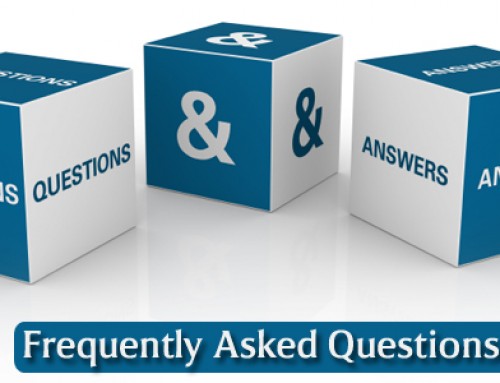You know those first few moments when you meet someone for the first time and they say…
“So…what do YOU do?” And sometimes you know what to say but most of the time you walk away knowing you either:
1) Said too much.
2) Bored them to pieces.
3) Could tell they really weren’t interested at all.
4) Couldn’t wait for you to finish so they could tell you what THEY do.
5) Confused the heck out of them.
6) Or worse?
Exactly. We’ve all been there. But there is a simple way to make sure these awkward moments never (or rarely) happen again.
Want to learn how? Great. Here’s the thing you have to remember:
People are always paying attention to “What’s In It For Me?” Marketing experts refer to this as WIIFM and it’s the most important thing to pay attention to when it comes to communicating what you do to someone you’re just meeting. So, before you go out and meet one more person, personally or professionally, ask yourself this question:
What is it I do for people and how can I communicate this to them quickly and clearly?
Clarity is Key
Clarity is difficult for many people because, well, they’re generally too close to what they do to remember that it doesn’t make sense to others. So what happens is that you start telling someone what you do and they don’t get it. Maybe you use common industry words, like “time-freedom” or ’empower’ or, well, you get it or you forget that there is another person in the room and all you talk about is you.
But it’s not about dumbing it down, so don’t go there. It’s about stating what you do in a way that speaks to the other person. Let’s look at a template I learned years ago that has helped me.
First, create an easily understood 3.5 second (YES, 3.5 seconds) statement that describes the VALUE of what you do, sell, provide for others. In others words, if someone does business with you, what value do you give THEM. Remember, this is NOT about you.
Next, answer these three questions before going on:
1) What do you do? This is not your job title or what you have a college degree in…it’s a verb. For example, “I provide or I help…”
2) Who do you serve, i.e., who is your target market? (Remember, you can’t be all things to all people.) For example, “people who have a certain disease, people serving the public, people who teach, etc.”
3) What do your customers need, i.e., what will they be able to do or accomplish because they’ve worked with you that they can’t now? For example, “make a lasting impression, get more done each day, save 20% on their phone bill.”
Now that you have answered all three of these important questions (you have, right?), put them all together so that the answers look something like this:
“I help parents make sure their children will eventually be able to move out and stay out!” or…
“I teach teens the financial skills they need to know to be responsible with money when they move out on their own.”
“I provide the most effective financial education game on the planet to people who teach kids and teens so that they can send their students out into the world knowing they’ve done their very best to prepare them to handle money wisely.
OK, that last one is a wee bit long, but you get the idea.
Your Goal
The goal of this short elevator pitch is to prompt the person you’re meeting to ask this next most important question:
“How do you do that?”
This is called Hooking them. They are interested in what you do. Great first step.
The Longer Version
After you freaked out about the 3.5 seconds, and you developed this short version, you probably realized there is more to the elevator speech if your new friend asks you that second probing question. Again, you must remember that you have to speak to what they need from you. Never forget that it isn’t about you…it’s about them, their needs, their fears, their problems, them, them, them. If you find yourself using the word, “I” too often, you have forgotten this golden rule, “It’s Not About You!”
One of my favorite activities in our 5-day Train-the-Trainer Workshop is when I teach participants how to get started crafting their first professional elevator speech. You can do this with a group of kids, teens or adults in your programs if you want, AFTER you’ve done it yourself with a couple of friends or business associates.
First, get a partner. It doesn’t matter whether they understand what you do or not. Actually, it’s better if they don’t.
Stand up and face your elevator speech crafting partner. If you can put 6-10 people into this activity, the better. More people = more input and more input = better elevator speech.
Have someone time the activity. You and your partner have 30 seconds max for this first part. All you’re going to do is greet the person as if for the first time. In other words, shake hands firmly (no fish situations), stand straight and tall, look the person in the eyes and say, “Hi, I’m ______.” They will tell you their name and then you’ll say, “Hi, ________, great to meet you. What do you do out in the world?” (or something like that).
Once the first person has done his part, he/she will ask you the same question. Once you’ve said what you’re going to say, and it should be well within that 30 seconds, stop.
The next part is to take a couple of minutes and share, honestly, with each other about what you understood, what you didn’t understand, etc. Give your partner constructive feedback about what he said, whether it made sense and then how he can improve on it so that it is clear and concise.
Switch partners and do it again. The more times you practice what you want to say and get feedback, the cleaner and clearer your message will become.
OK, that’s all for now. Look around and see who YOU can help and who can help you and get those elevator speeches in order for the new year. After all, if you’re going to be out there teaching financial skills with The Money Game®, we want you to be as successful as possible. And feel free to run your pitches by me. Just send them to elisabeth @ creativewealthintl.org and I’ll get back to you quickly.





Terrific work! This is the type of information that should be shared around the web. Shame on the search engines for not positioning this post higher!